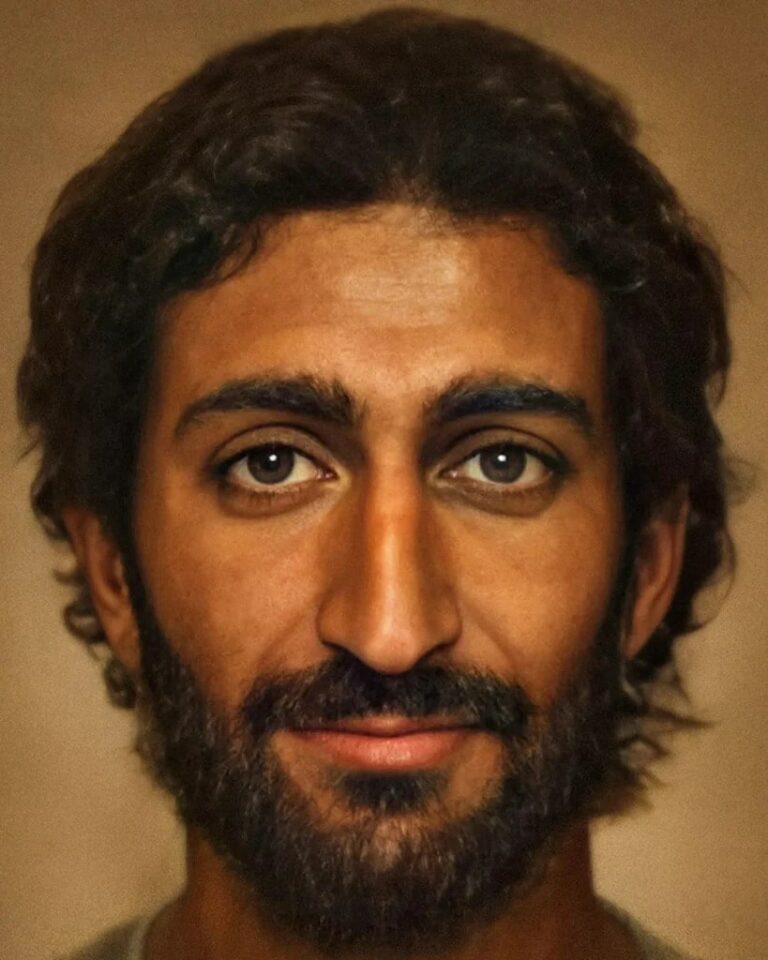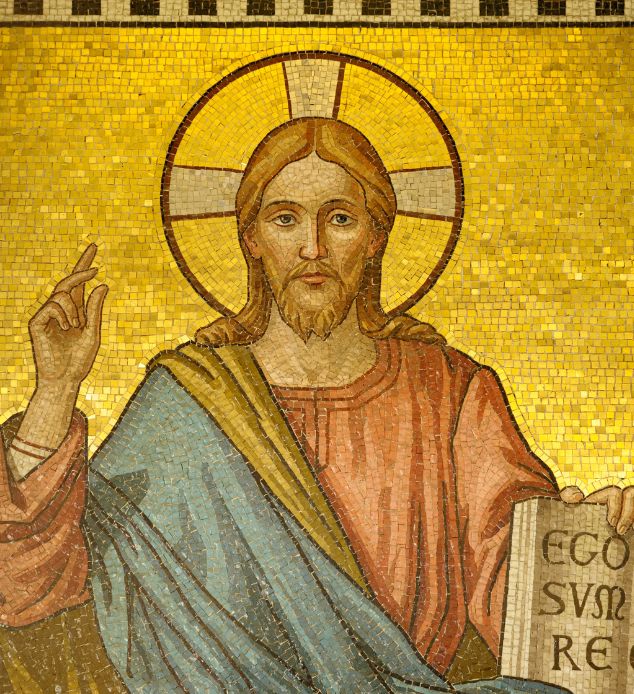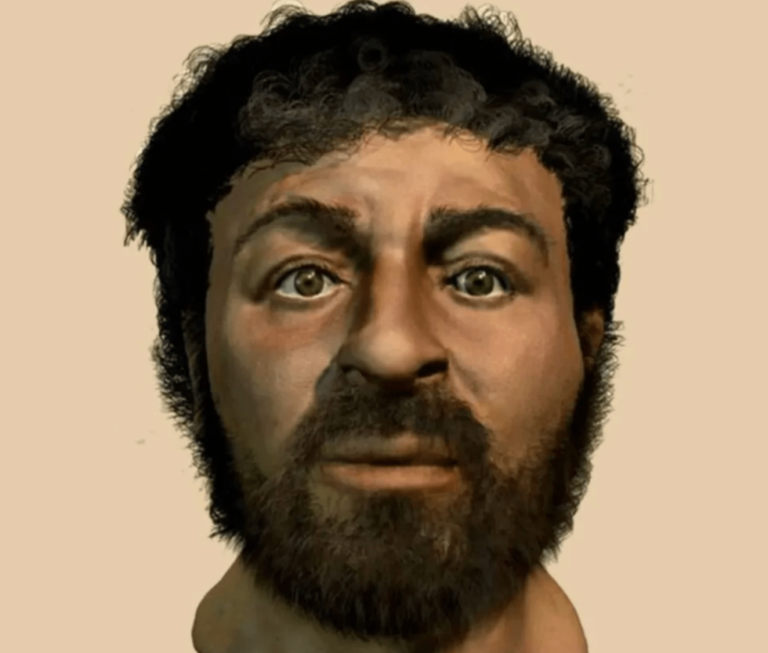For centuries, the Catholic Church and much of Western art have depicted Jesus Christ as a white, European-looking figure, often with light skin and blue eyes. This image has become ingrained in the popular imagination, largely thanks to Renaissance painters who shaped how Jesus is perceived today. However, scholars have long argued that this portrayal is far from accurate. They suggest that Jesus, being a man born in the region of ancient Palestine, likely had the physical characteristics typical of men from that area: shorter stature, muscular build, and dark, curly hair.

A New Approach to Reconstructing Jesus’ Appearance
Bas Uterwijk, a Dutch photographer and digital artist, sought to address the age-old question of what Jesus really looked like, using modern technology to challenge long-standing depictions. Utilizing Artbreeder’s machine-learning techniques, Bas combined artistic interpretations with historical data to generate a new image of Jesus. His approach involved feeding the AI a variety of references, including paintings and other facial representations, to create a more historically grounded likeness.
“The AI software harnesses the power of a neural network trained on many photographic portraits and painted renditions of human faces,” Bas explained. This tool allows users to merge various facial features, creating a composite that can offer a fresh perspective on historical figures like Jesus.
Striving for Authenticity
Bas was driven by a desire for accuracy. He wanted to move beyond the traditional, often Eurocentric, images of Jesus and create something that resonated more closely with the historical context of his life. “I intended to refine the ethnicity, fashioning a Middle-Eastern visage that resonates with authenticity,” he said. His work drew on a blend of Byzantine and Renaissance portrayals of Jesus, including Leonardo da Vinci’s famous “Salvator Mundi” and the Shroud of Turin, yet he aimed for more than just an artistic interpretation.

To enhance historical authenticity, Bas made careful adjustments to features like hair and beard length, aligning them with the norms of the first-century Middle East. He also incorporated elements from ancient Fayum mummy portraits, which reflect the regional styles of the time. The result was a digital rendering that offers a glimpse of what Jesus might have looked like, although Bas acknowledges it is more of an “aesthetic impression” than a scientific reconstruction.
What History Tells Us About Jesus’ Appearance
The historical Jesus, born into a Jewish family in Bethlehem around 4 BC and raised in Nazareth, likely bore little resemblance to the pale-skinned, long-haired images so familiar today. According to Joan Taylor, author of What Did Jesus Look Like, people from Judea and Egypt during Jesus’ time typically had olive-toned skin, dark hair, and brown eyes. Taylor asserts that “the iconic features we associate with Jesus – flowing hair, robes, and beards – date back to the 4th or 5th centuries.” These artistic traditions, while enduring, obscure the fact that Jesus’ actual appearance would have been shaped by his historical and geographical context.
Taylor further suggests that Jesus’ hair would have been short and raven-black, while his beard, though likely present, would not have matched the long, flowing styles seen in many artworks. Jesus also lived a humble and itinerant life, often relying on the generosity of others and sharing in the struggles of the poor. This lifestyle, combined with historical records, paints a picture of a man whose appearance was likely rougher and more unkempt than the idealized portraits seen in churches.
A More Humble Image Emerges
Jesus’ modest appearance is further supported by historical accounts, such as those of the 2nd-century scholar Celsus, who described him as having the appearance of a wanderer, akin to a beggar. This view aligns with Jesus’ own teachings, as seen in the biblical statement: “Foxes have homes, birds have nests, but the Son of Man has nowhere to lay his head.” This passage underscores the simplicity and humility of Jesus’ life, a stark contrast to the majestic imagery often associated with him.
Adding to the exploration of Jesus’ physical appearance, Richard Neave, a forensic facial reconstruction specialist, also attempted to recreate the likeness of a Judean man from the first century. His reconstruction featured a stocky man with dusky skin and short, curly hair, similar to the olive-toned image that Bas Uterwijk’s digital rendering aimed to capture. While these efforts cannot claim absolute accuracy, they offer important insights into the historical layers that shape our understanding of Jesus’ appearance.

In reconsidering Jesus’ physical traits, scholars and artists alike invite us to reflect on how cultural perceptions influence our view of historical figures. This renewed vision of Jesus, grounded more in history than artistic tradition, opens up meaningful dialogue about the ways we envision one of the most iconic figures in human history.
This journey to rediscover Jesus’ appearance through modern technology challenges our long-held assumptions and encourages a deeper understanding of the historical context from which he emerged.